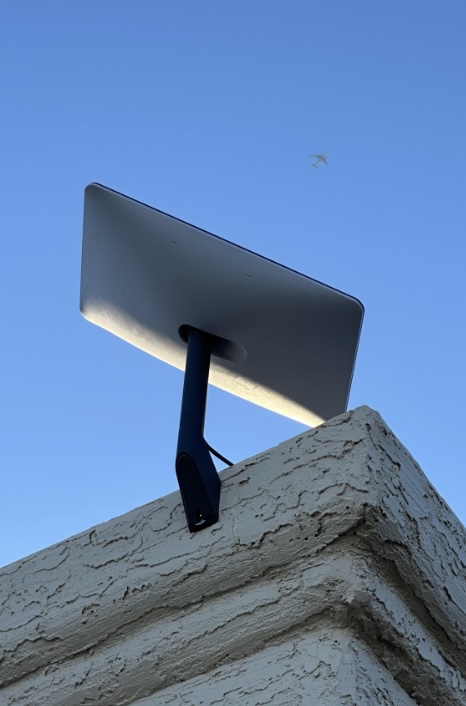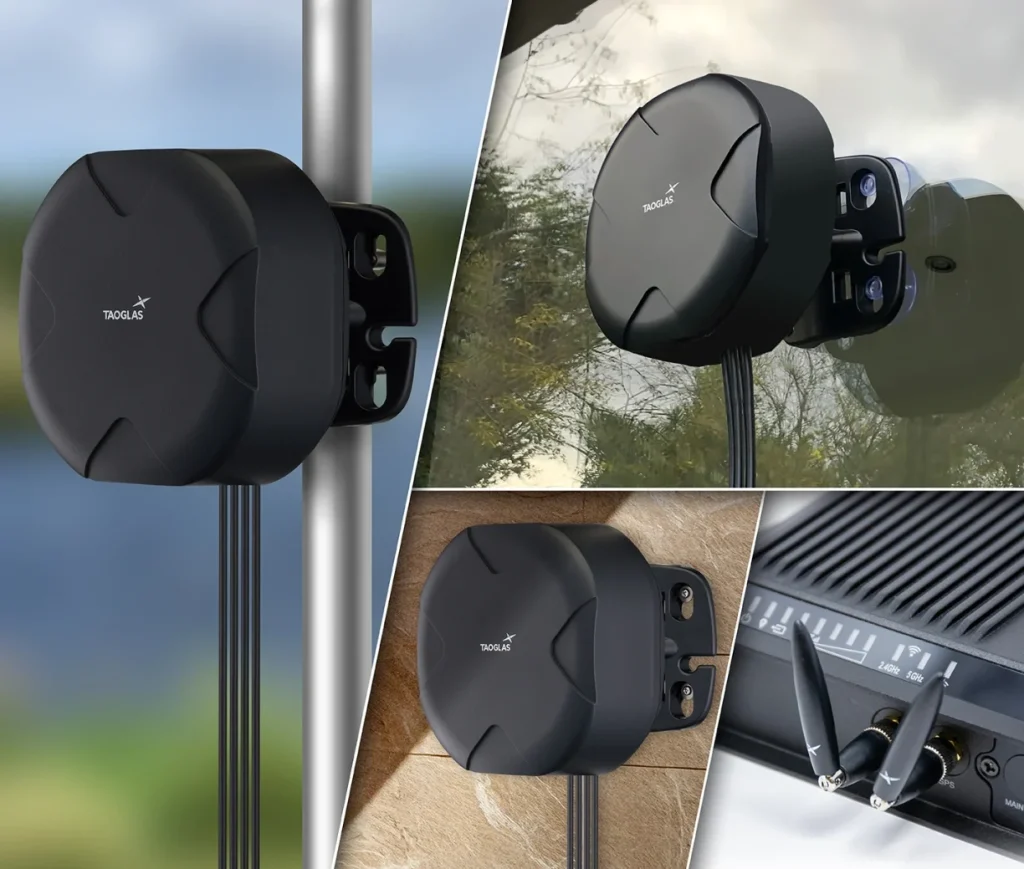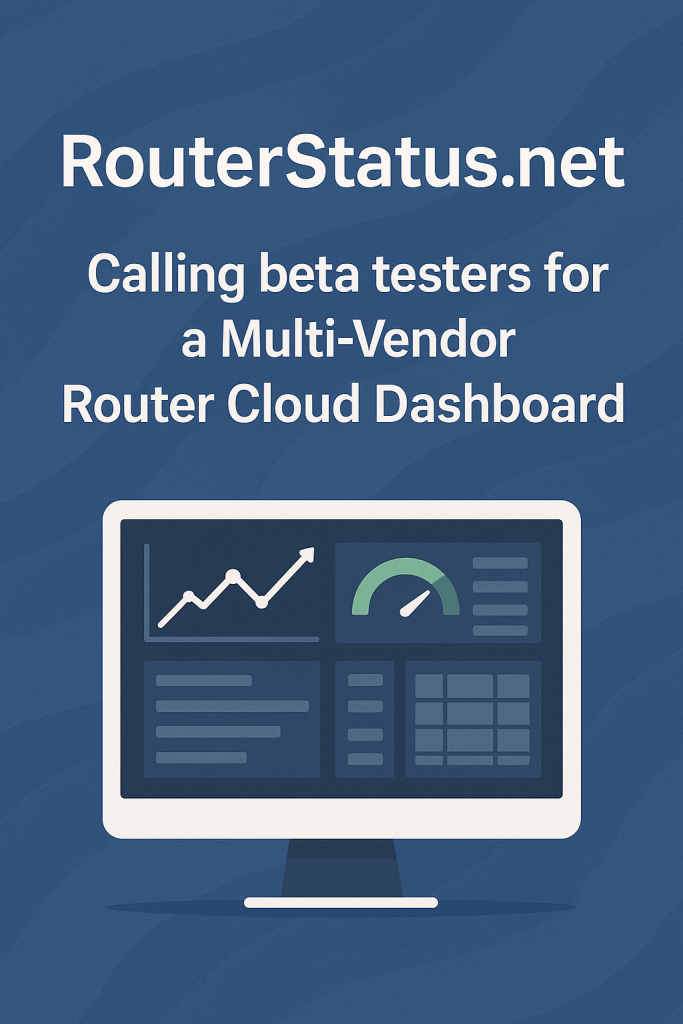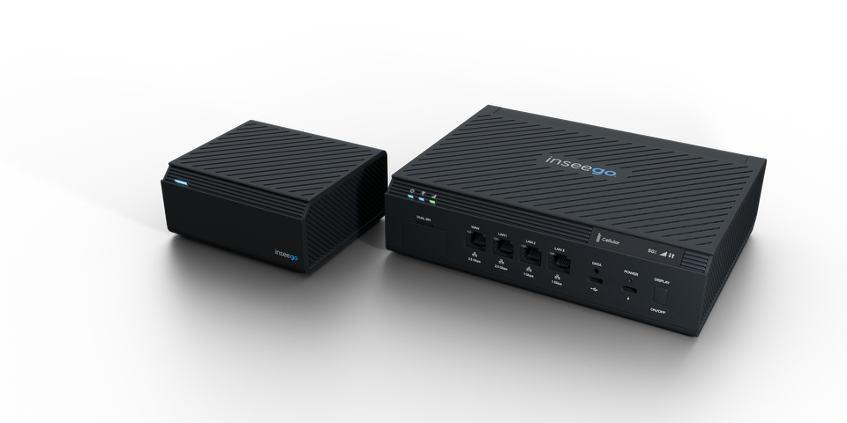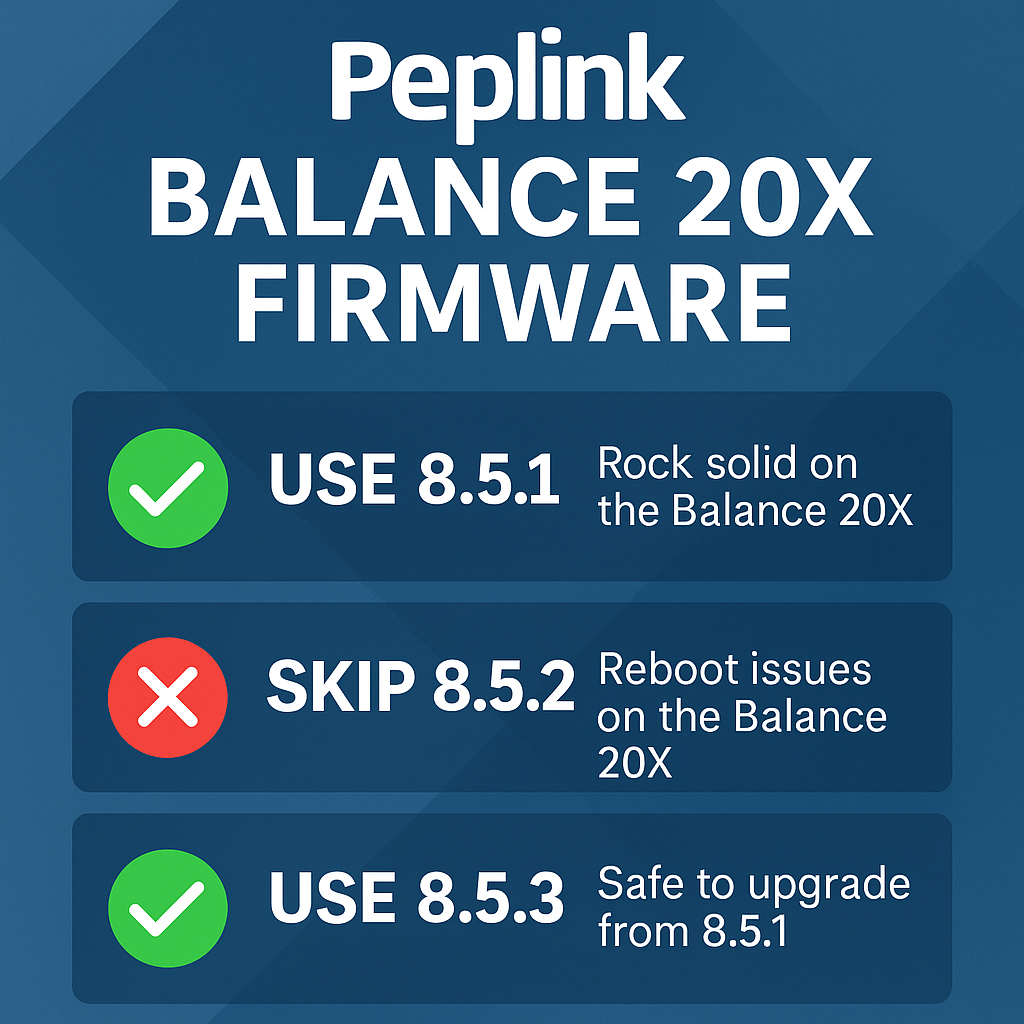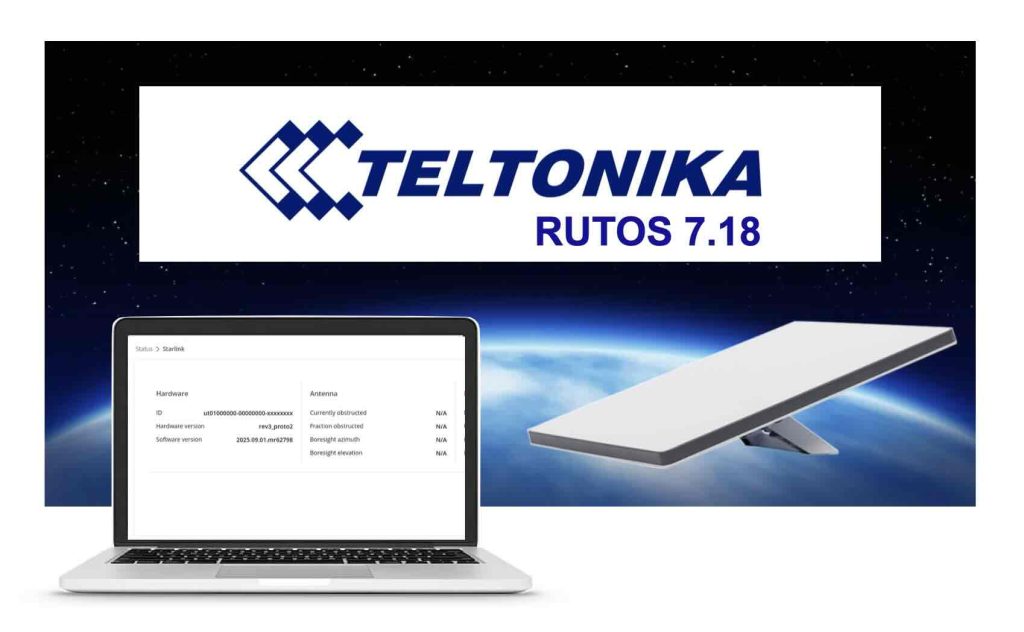Some Starlink customers have seen a “critical update required” message warning that inactive or long-dormant dishes must receive a firmware update by November 17, 2025 or the hardware may stop working. If you’ve parked your dish in a garage, RV, cabin, or job box for months, this guide is for you. Below is a clear, practical walkthrough […]
Supercharge Your 5G: Why an External Antenna is Your Router’s Secret Weapon
Is your 5G router not quite hitting the mark? Often, the built-in antennas are the bottleneck, struggling to pull in a strong signal, especially in tricky spots. Slapping on an external 5G antenna is a total game-changer, seriously cranking up your signal reception and transmission. Think up to double your download speeds, latency slashed in […]
RouterStatus.net: Multi-Vendor Router Cloud Dashboard (Beta)
If you manage networks across multiple router vendors, you know the pain: different portals, different alerts, and different ways to do the same basic tasks. RouterStatus.net solves that with a true single-pane-of-glass. In collaboration with a trusted third-party developer, we’re piloting a unified cloud dashboard that surfaces live status, health, and insights across the platforms […]
Introducing the Inseego FX4200 and X700 Mesh Extender: Next-Gen Power and Coverage for Business Connectivity
Engineered for the Modern Enterprise Inseego’s new Wavemaker FX4200 5G Router and X700 Mesh Wi-Fi Extender redefine what fast, reliable, and secure wireless connectivity means for business. Designed and developed in the USA, these enterprise-grade devices combine advanced 5G performance, cloud-based management, and Wi-Fi 7 technology to deliver always-on broadband across distributed and remote environments. The result is a […]
Peplink Balance 20X Firmware Guide: Safe Versions to Use
Peplink Balance 20X Firmware: Which Versions to Use and Which to Skip When you depend on your router to keep your business or home connected, firmware stability matters just as much as the hardware itself. At 5Gstore, we’ve been working with Peplink for nearly two decades, and we test new firmware on real devices before […]
The Powerful RutOS 7.18: A Smarter Firmware with Starlink Support
Teltonika Networks continues to raise the bar for industrial and IoT networking with every new release of its robust operating system — and the latest RutOS 7.18 firmware update is no exception. Packed with new features and refinements, RutOS 7.18 enhances performance, simplifies management, and expands interoperability across a wide range of connected environments. Whether […]
AirLink OS 5.3 Firmware Update: On-Premises Management, Anterix Band 106 Support, and Smarter Networking
Why this update matters If you are using AirLink routers in environments where uptime, security and flexibility matter—think utilities, public-safety, fleets, infrastructure—then firmware updates like this aren’t just “nice to have,” they’re meaningful. AirLink OS 5.3 is positioned as a major step forward, adding three key themes: management flexibility, expanded spectrum & deployment support, and usability/security enhancements. In […]
How to Save Money with Open Box Deals at 5Gstore
Save Big Without Sacrificing Performance When it comes to building a reliable 4G, 5G, or IoT network, performance and uptime are everything. But getting the best equipment doesn’t always have to mean paying full price. At 5Gstore, we understand that businesses and individuals alike are looking for smart ways to stretch their budgets without compromising […]
How 5Gstore Manages Macs Effortlessly with Kandji
At 5Gstore, we’ve always believed that technology should empower people to focus on what really matters. That philosophy drives the solutions we offer to our customers — and it’s the same approach we use inside our own company. We run a 100% Mac environment. Every member of our team, whether they’re handling customer support, programming, or […]
SpaceX Expands “Free” Starlink Mini Dish Offer to Users in the U.S. and Canada
SpaceX has expanded a new promotion that’s getting plenty of attention across North America — select Starlink Residential users in the U.S. and Canada are being invited to claim a “free” Starlink Mini dish. This is part of SpaceX’s growing effort to get its portable Starlink Mini hardware into the hands of more subscribers and encourage […]

